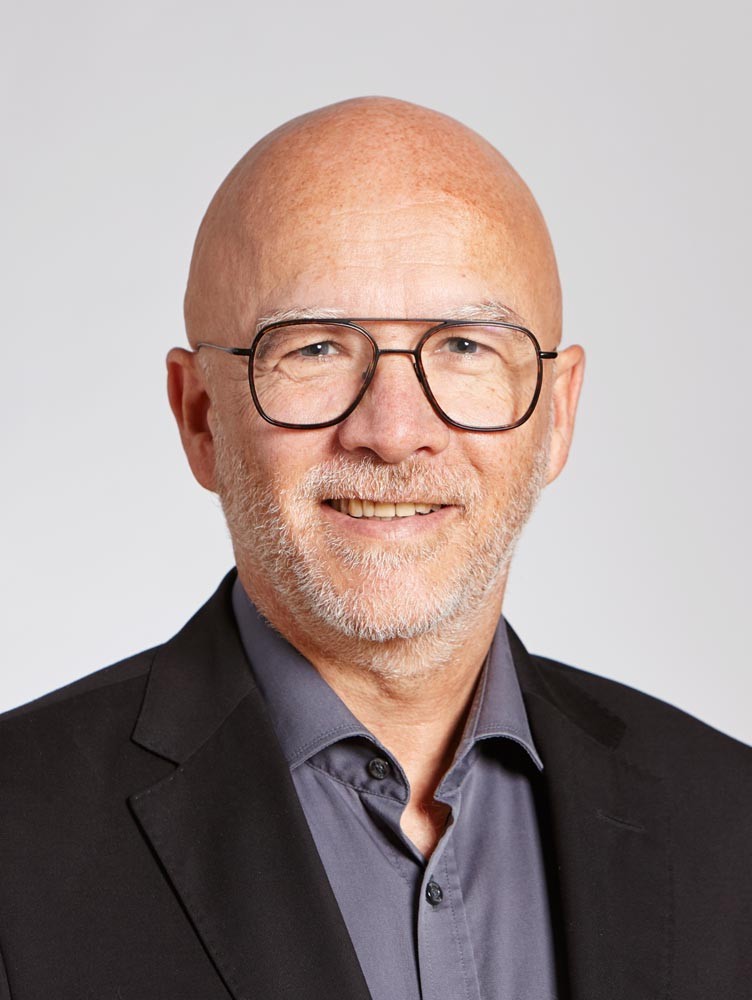In Sillico Multi-Scale Model of Natural and Augmented Fracture Healing
We have focused on quantitatively investigating the associations between observed physiological activity and mechanical stimuli over the course of healing. Through using time-lapsed in vivo micro-computed tomography (microCT) on an established mouse delayed healing model, we can monitor the progression of healing over the entire course. By coupling this with micro finite element analysis we can approximate the mechanical stimuli at an animal specific level, allowing us to link strains which promote the developments of the hard callus, and also the strains within the micro-structure of the hard callus which cause this to remodel to the appropriate geometry.

Several models and theories for fracture healing have been developed over the past several decades, crucially these models lack validation. The models also included many phenomenological mechanisms and most are in excess of 10 parameters which are often not empirically determined and do not relate to physically measured quantities. This is due limitations in the data available which is typically gathered through cross-sectional studies, in which each time point relates to a different group of animals and rather than the three dimensional architecture researchers have been limited to two dimensional sections.
We aim to dissect existing theories and use our methods and data to validate or falsify each element of them, leading to a firm theoretical and experimental foundation for a new computational model. The model will also consider the effects of biomaterials and locally released medicine on the healing process. Traditional modelling techniques of such large amounts of data would be computationally infeasible, therefore we aim to develop a multi-scale model in which cellular activity and other “short”-range” effects are modelled but contribute only to their local environment. These local changes then are aggregated and cause changes to the whole microstructure, which again provides feedback to the cellular level.
Collaborator(s)
Prof. Martin Stoddart, Dr. Jennifer Bara, AO institute, Davos
Principle Investigator
Institut für Biomechanik
Gloriastrasse 37/ 39
8092
Zürich
Switzerland
